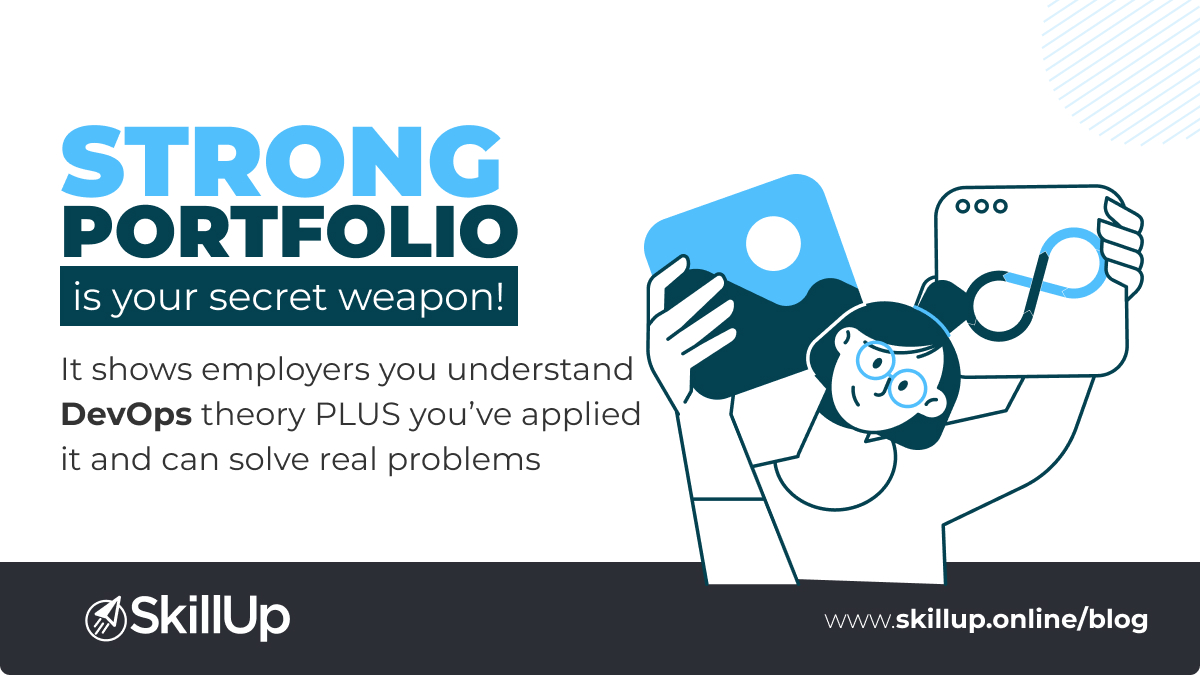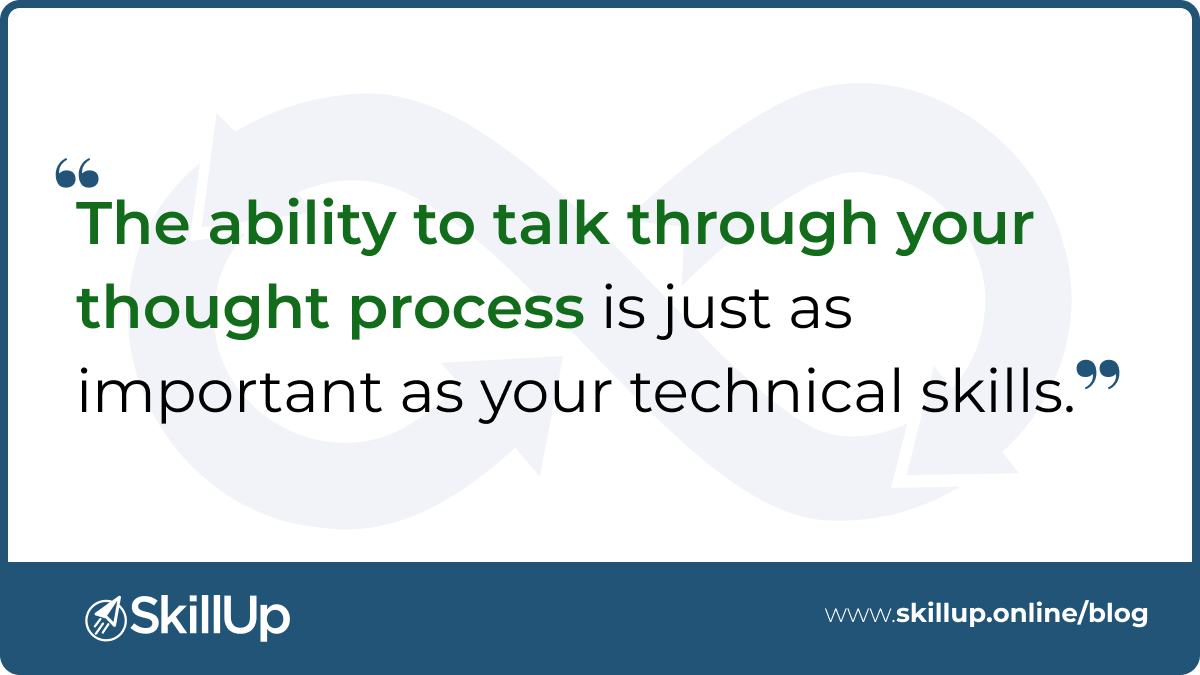You’ve built solid experience in tech maybe as a developer, QA engineer, sysadmin, or IT operations specialist. Now you’re ready for your next move: stepping into DevOps and cloud automation.
But here’s the challenge: DevOps roles demand more than interest they require proof. Hiring managers want to see that you can work across the pipeline, automate processes, and think in terms of infrastructure as code, security, and scalability.
That’s where a strong portfolio becomes your secret weapon. It shows employers that you don’t just understand DevOps theory you’ve applied it, solved real problems, and are ready to contribute from day one.
Whether you’re preparing for a transition, upskilling for a promotion, or targeting a more DevOps-heavy role, this guide will walk you through how to build a portfolio that opens doors.
Why a Portfolio Matters When Moving into DevOps
Your experience so far is valuable but DevOps requires a different way of thinking and working. It’s a cross-functional role blending software development, IT operations, security, and automation.
Employers want candidates who can demonstrate practical skills like:
- Building CI/CD pipelines
- Deploying and managing cloud infrastructure
- Automating configuration and deployments
- Monitoring applications and infrastructure
- Implementing security throughout the delivery process
A portfolio gives you a way to prove these skills beyond a resume or a certificate. It provides real evidence that you can hit the ground running and handle the kinds of problems you’ll face on the job.
What Makes a Strong DevOps Portfolio?
You don’t need to build a massive body of work, but your projects should be meaningful and demonstrate depth across key DevOps areas. Here are essential types of projects to include:
1. Continuous Integration / Continuous Delivery (CI/CD) Pipeline
Set up an automated pipeline using Jenkins, GitHub Actions, GitLab CI, or CircleCI. Show how your pipeline handles building, testing, and deploying an application ideally with automated rollback or notifications.
2. Cloud Infrastructure Deployment
Use tools like Terraform, AWS CloudFormation, or Azure Resource Manager to define and provision cloud infrastructure. Deploy a simple web app or service with infrastructure-as-code that you can version control and update.
3. Containerization and Orchestration
Build and containerize an app using Docker, then deploy it on Kubernetes or Docker Swarm. Demonstrate how you handle scaling, networking, and service discovery.
4. Monitoring and Alerting
Implement monitoring using tools like Prometheus, Grafana, or ELK stack. Explain what metrics you’re tracking, why they matter, and how alerts help maintain uptime and performance.
5. Security Automation
Show how you’ve integrated security checks into your pipeline, automated vulnerability scans, or managed IAM roles and permissions to enforce least privilege.
How to Build Projects That Impress Employers
It’s not just about building how you present your work matters hugely. Here’s how to stand out:
- Document everything clearly. Write README files explaining project goals, tools, setup steps, and what you learned.
- Show your thought process. Include notes on design decisions, challenges you overcame, and what you’d improve next time.
- Keep your code clean and accessible. Use GitHub or GitLab to host your repos with clear commit history and branches.
- Highlight job relevance. Tailor projects to the tools and practices popular in your target roles and industries.
- Create a project portfolio page or blog. A personal website or blog lets you share projects alongside insights and career reflections.
Where to Find Inspiration and Hands-On Experience
If you’re wondering where to start, you’re in good company many successful DevOps engineers began by practicing on personal or guided projects. Some ways to build your portfolio include:
- Follow structured learning paths with hands-on labs — programs like SkillUp’s TechMaster Certificate Program in DevOps & Cloud Automation offer curated projects built around industry tools and real-world scenarios.
- Use cloud provider free tiers to spin up and manage resources on AWS, Azure, or Google Cloud.
- Contribute to open-source projects focused on automation or infrastructure tooling.
- Join hackathons or challenges to test your skills under real-world constraints.
- Automate a personal project or workflow — for example, deploy your blog with CI/CD, or automate backups and monitoring of your home network.
Top Tips to Boost Your Portfolio’s Impact
- Make your portfolio public. Host your projects on GitHub and link to them in your resume and LinkedIn profile.
- Share your learning journey. Blog posts, LinkedIn updates, or short videos explaining your projects show communication skills and passion.
- Align projects to job descriptions. Pay attention to the tech stacks and tools employers want and highlight those skills.
- Show continuous improvement. Add updates to your projects or new features based on feedback or self-review.
- Get feedback from peers or mentors. Real-world input can help you polish projects and prepare for interviews.
Wrapping Up
Pivoting into DevOps isn’t just about learning new tools it’s about proving you can apply them to solve problems and deliver value. A carefully crafted portfolio bridges that gap, turning your existing tech experience into a compelling case for hiring managers.
If you want a structured path with hands-on projects and expert guidance, programs like SkillUp’s TechMaster Certificate Program in DevOps & Cloud Automation can help you build a portfolio that gets noticed while you learn the latest industry skills.
Start building today. Show the world you’re ready to take the next step.






